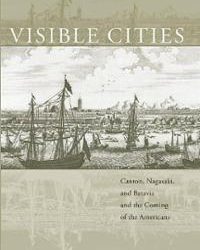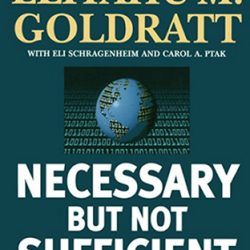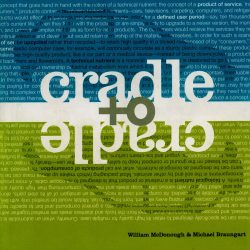Visible Cities

In his book ‘Visible Cities’, the Leiden historian Leon Blussé paints a clear picture of the economic world of the 16 th, 17th and 18th centuries based on a study of three key cities: Canton in China, Nagasaki in Japan and Batavia in the Dutch East Indies, where the trading company the Dutch East India Company (VOC) was represented.
According to Blussé, the local culture is the secret tosuccess behind the Dutch’s famed adaptability. The pushy Catholic Portuguese were run out of the Japanese island of Dejima in the bay of Nagasaki, after which the reserved Protestant Dutch ran this important trading post. When the Shogun was insulted by seeing the Christian inscription Anno Domini 1639 on a newly built Dutch warehouse, the Dutch immediately destroyed the storage site. A supervising Japanese officer was relieved that he need not carry out the order to use brute force with the least or smallest sign of opposition from the Dutch.
After the Dutch Republic was invaded by France in 1794, merchants from the recently independent US came to the aid of the Dutch and American merchant ships and started sailing to the Japanese city of Nagasaki in 1797.
‘Visible Cities: Canton, Nagasaki and Batavia and the coming of the Americans’ (2008), by Leon Blussé, published by Harvard University Press, 133 pgs., $ 25.95.









